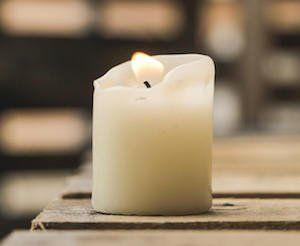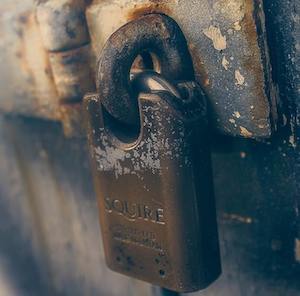Potomac Valley Cremation Center
305 N. Potomac St.
Hagerstown
, MD
21740
Fax:
(301) 733-6369
There are a lot of myths surrounding how cremation works. Many people think it is as simple as lighting the body on fire. However, the cremation process is actually much more technical in nature. At Potomac Valley we have trained and professional cremation operators who specialize in executing the cremation process.
Once the deceased arrives at the crematory the individual is identified and a strict chain-of-custody is established to ensure the body remains accurately tracked and identified throughout the entire cremation process. In fact, a metal identification tag is added to the body and stays with the remains throughout the process. The next of kin must sign appropriate paperwork to authorize the cremation and begin the process.
If we are not ready to begin the cremation immediately, the individual is placed in a refrigeration unit. The process starts with the cremation operators removing any jewelry, medical devices (i.e. pacemakers), prostheses, and implants from the body. The body is then placed in a container made from wood or heavy cardboard. Today, the cremation process utilizes a specialized large furnace referred to as a retort that is fueled by either propane or natural gas. The heat from the retort ignites the container and the body dries out. The retort will reach temperatures between 1400 and 1800 degrees Fahrenheit. This extreme heat reduces the human body from its familiar form to bone fragments. So essentially, the cremation process just quickens the natural process of decomposition that occurs when the body is buried. What would take months or even years to occur naturally, cremation accomplishes within 2 to 2.5 hours.
Once the cremation is complete, the bone fragments must be cooled before handling. What remains is then put into a special processor designed to pulverize the bone fragments to a finer consistency. This material, commonly known as "ashes", is then placed inside a plastic bag within a temporary plastic or cardboard cremation container. The ashes are then safeguarded at the crematory until the next of kin is ready to pick them up.
Below we give you some insight into the steps we take for our cremation services. Some steps may differ in terms of the exact service you choose especially if you wish to have a memorial service, but this helps give you an idea of what to expect from us.

Pick-up & Transportation
The local pick-up and transportation of the deceased to our facility.

Document Completion
The completion and filing of all legally-required documents, including the death certificate and authorization for cremation.

The Cremation
Our cremation operators handle the body with care and follow strict practices during the cremation process.

Safeguarding the Ashes
We safeguard your loved one’s ashes until you are ready to receive them.
**If you choose to have a ceremony such as a memorial service or graveside service, you can choose to have this before the cremation or after cremation. Many families choose to hold a ceremony weeks or even months after the cremation. This allows them to plan exactly the type of ceremony they want.
Online Sources:
Kim, Michelle, "How Cremation Works", How Stuff Works, Kim, Michelle. "How Cremation Works", 2009, accessed 2014
Davis, Douglas and Lewis Mates, editors, Encyclopedia of Cremation, Ashgate Publishing Limited, 2005
Raymond, Chris, "What is Direct Cremation?", About.com, accessed 2014